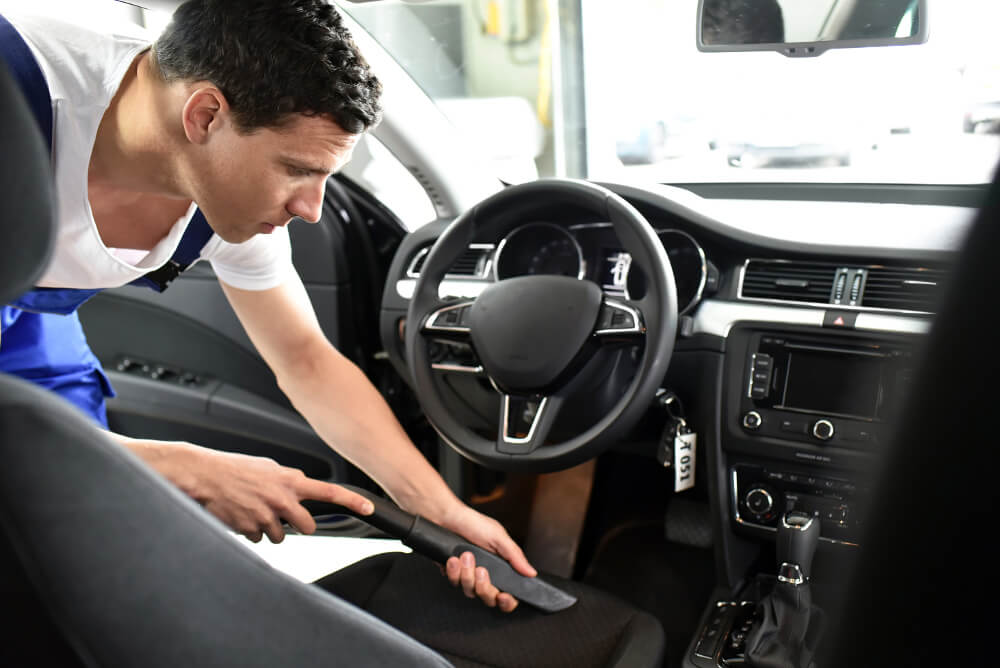The frequency of car detailing depends on various factors, including how often you use your car, the type of driving conditions you encounter, and your personal preferences. Generally, it is recommended to get your car detailed at least once or twice a year to maintain its appearance and prevent damage.
If you use your car frequently or drive in harsh conditions such as extreme heat, dust, or road salt, you may need to get it detailed more often to prevent wear and tear. In addition, if you want to keep your car looking its best, you may choose to get it detailed more frequently than recommended.
However, it's important to note that too cleaning at home can actually harm your car's exterior and interior, especially if harsh chemicals or abrasive tools are used. Over-cleaning or over-polishing can lead to scratches, swirl marks, and other damage to the paint and clear coat.
Ultimately, the frequency of car detailing depends on your personal preferences and the needs of your car. It's a good idea to consult with a professional detailer to determine the best detailing schedule for your car based on its age, condition, and usage.



 to earn free washes, coupons, special offers and more from In N Out Car Wash
to earn free washes, coupons, special offers and more from In N Out Car Wash


